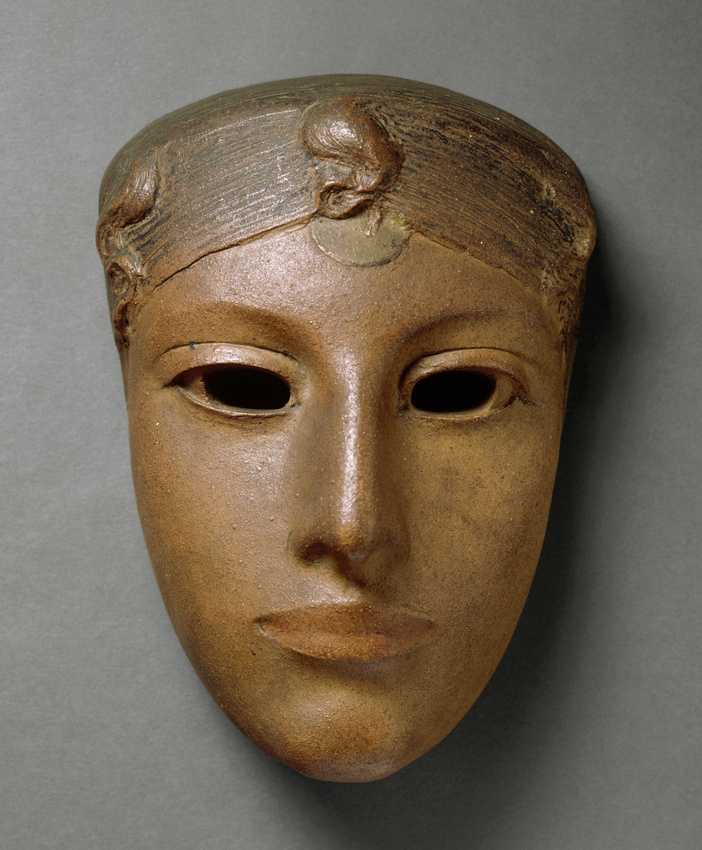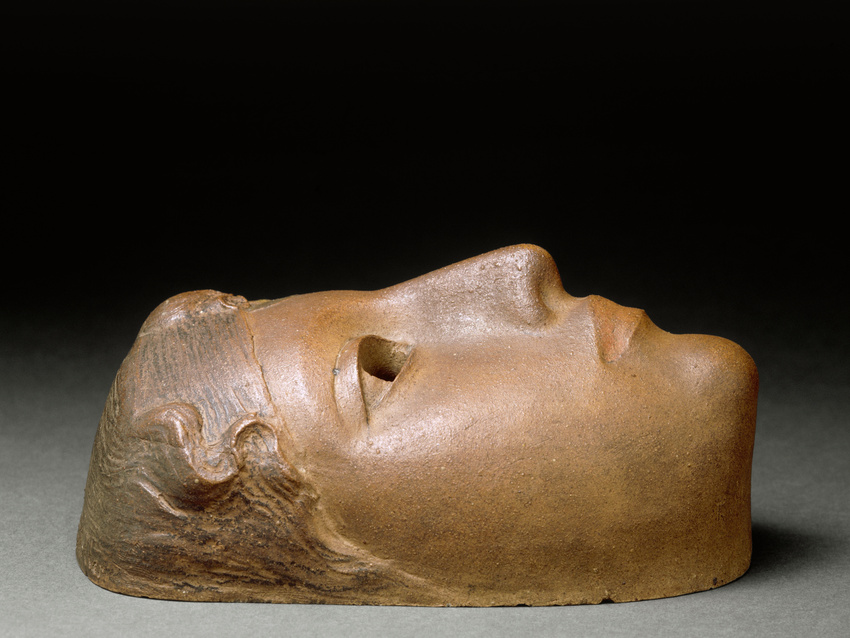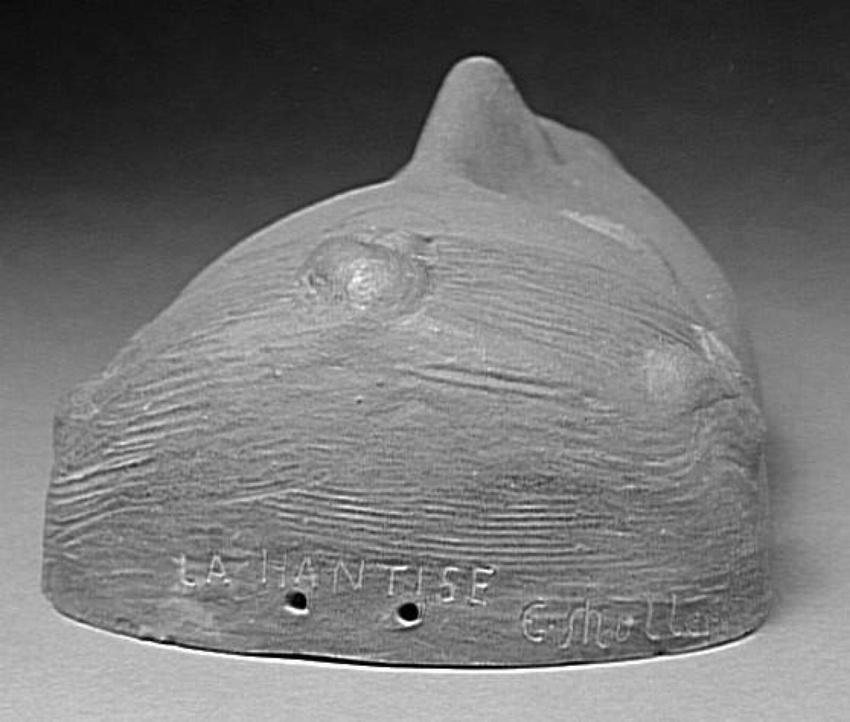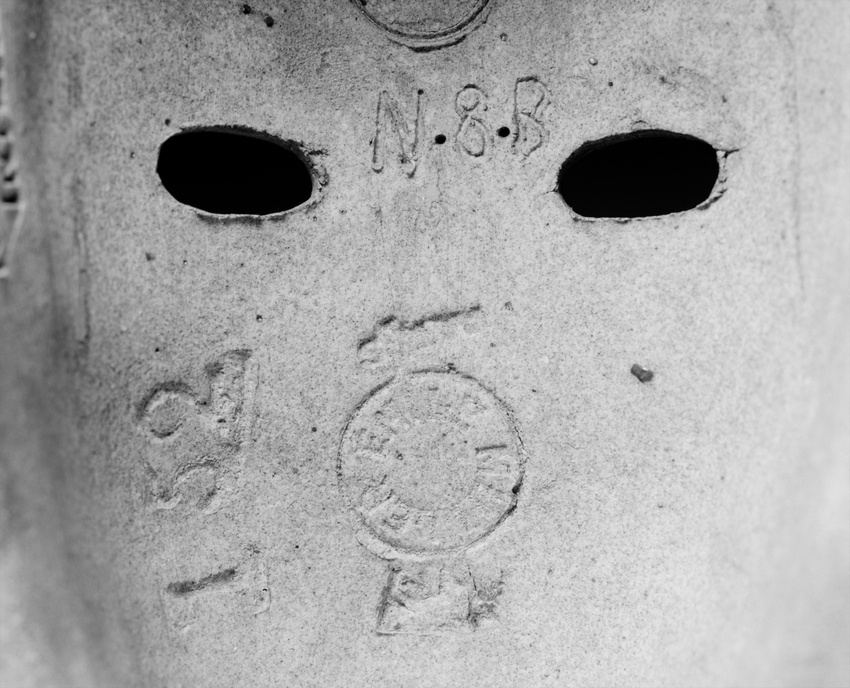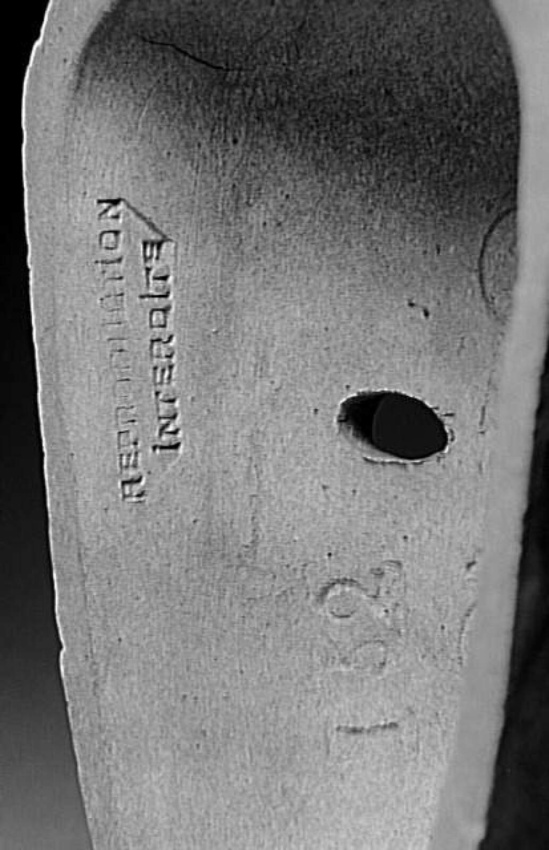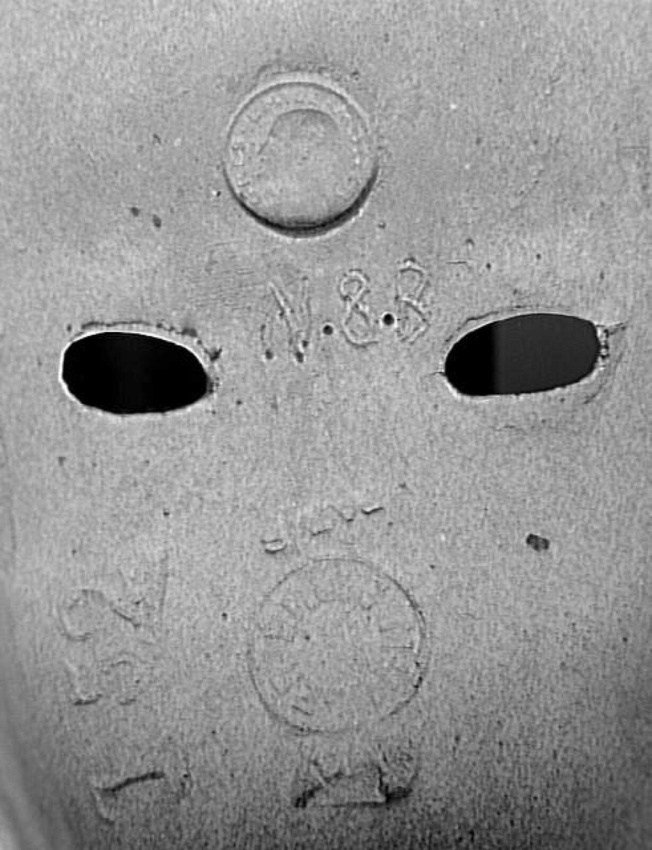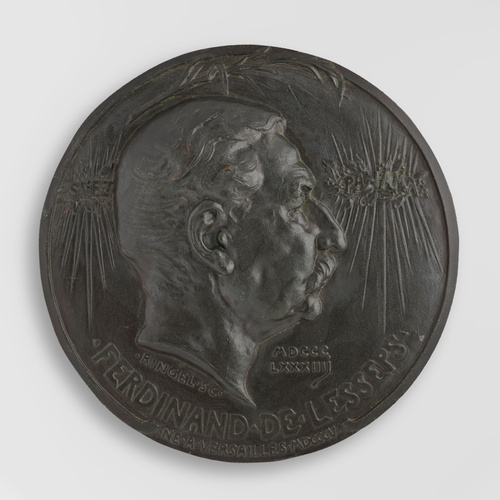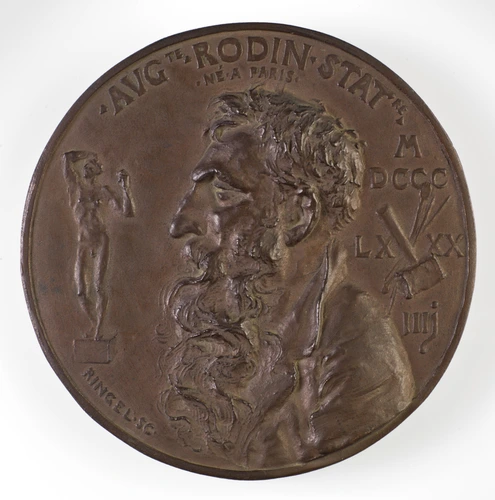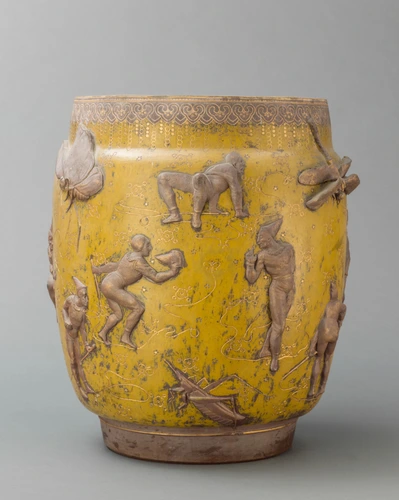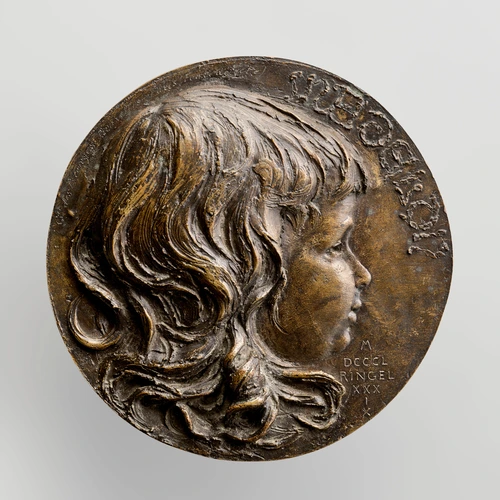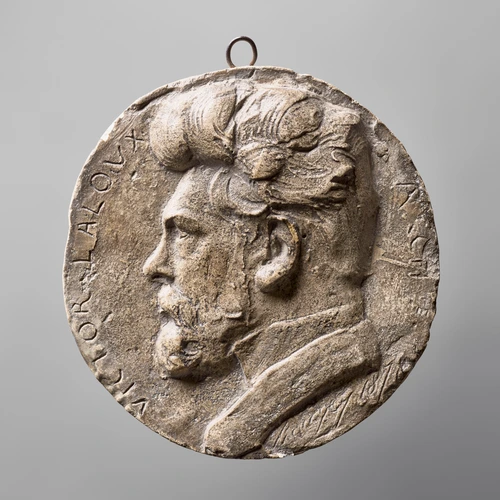La Hantise
At the end of the nineteenth century, the mask became one of the favourite forms of expression for sculptors. As well as the masks by Ringel, works by Amy, Bartholomé, Carriès, Cros and even Pierre Roche demonstrate the success of this type of object.
In its materials, Obsession resembles the works of Ernest Chaplet who was a close friend of Ringel. Particles, vitrified in the firing, sparkle across the plain, brown surface. A discreet use of colour enriches the work: a sooty black on the hair, and a very light red on the lips. The effect is both crude and elegant. One can see here Ringel's constant interest in researching new materials.
The title of the work might be surprising. However, it corresponds to a trend in the Neo-Grec movement, from Mérimée's Vénus d'Ille to the painting by Bakst entitled Terror Antiquus, and including Klimt's Pallas Athene. Far from being a familiar and happy place, Antiquity was a frightening place to live, a perception reinforced at the end of the nineteenth century by the rediscovery of ancient Greece.
The choice of a theatre mask with hollowed-out eyes is part of this desire to create "ancient" works. But Obsession is not purely Neo-Grec in style. There are also influences of ancient Egypt, and even the art of Gandhara. Moreover, the fascination exerted by this mask owes much to the way the various sources have been brought together to create a work of decidedly modern purity.

